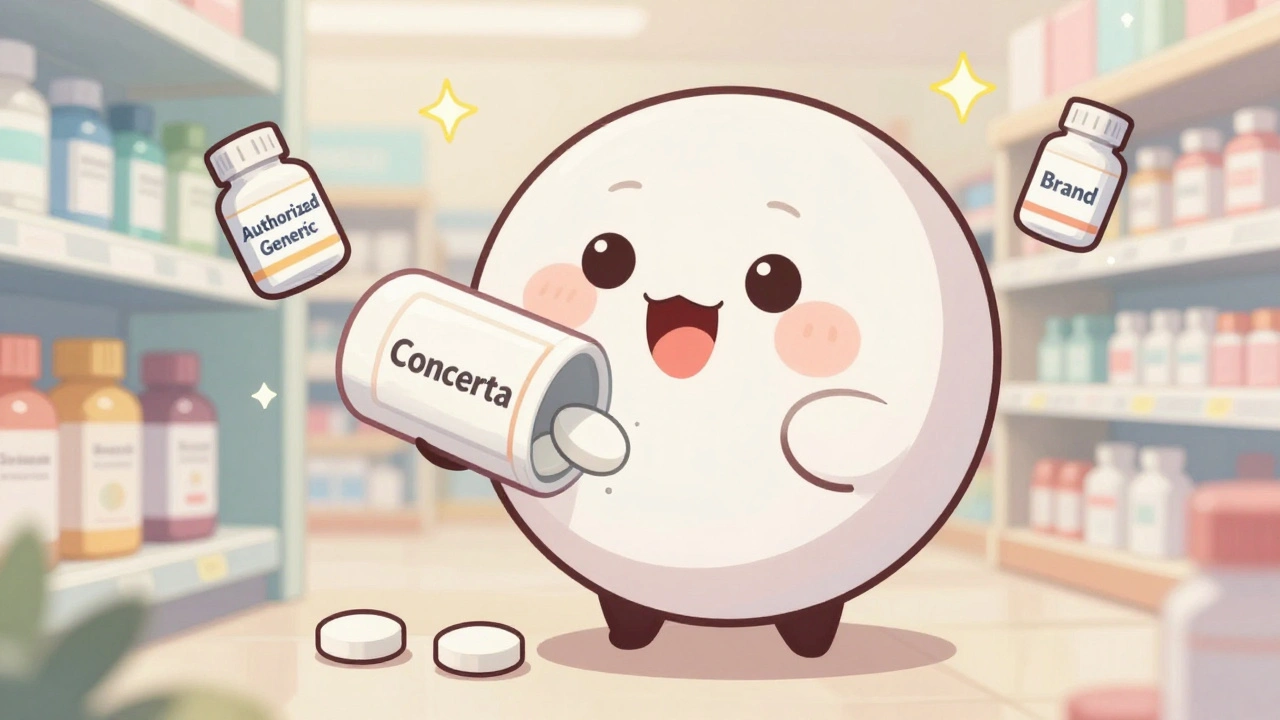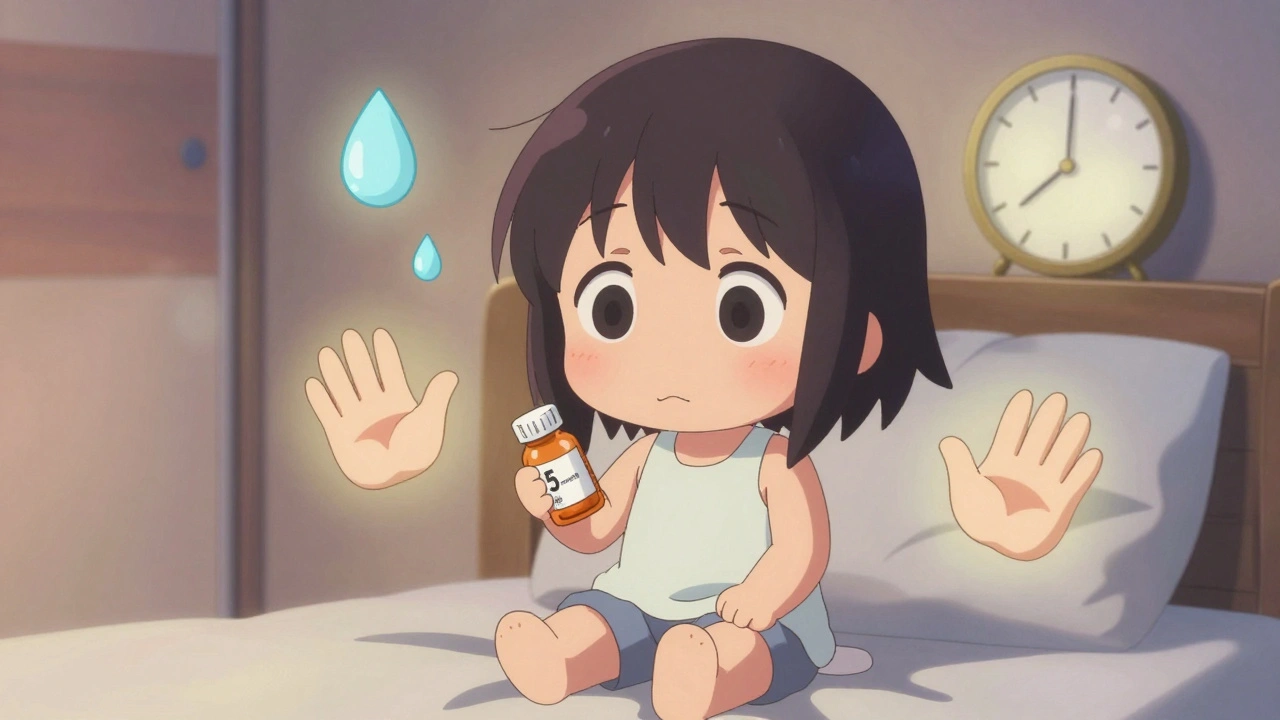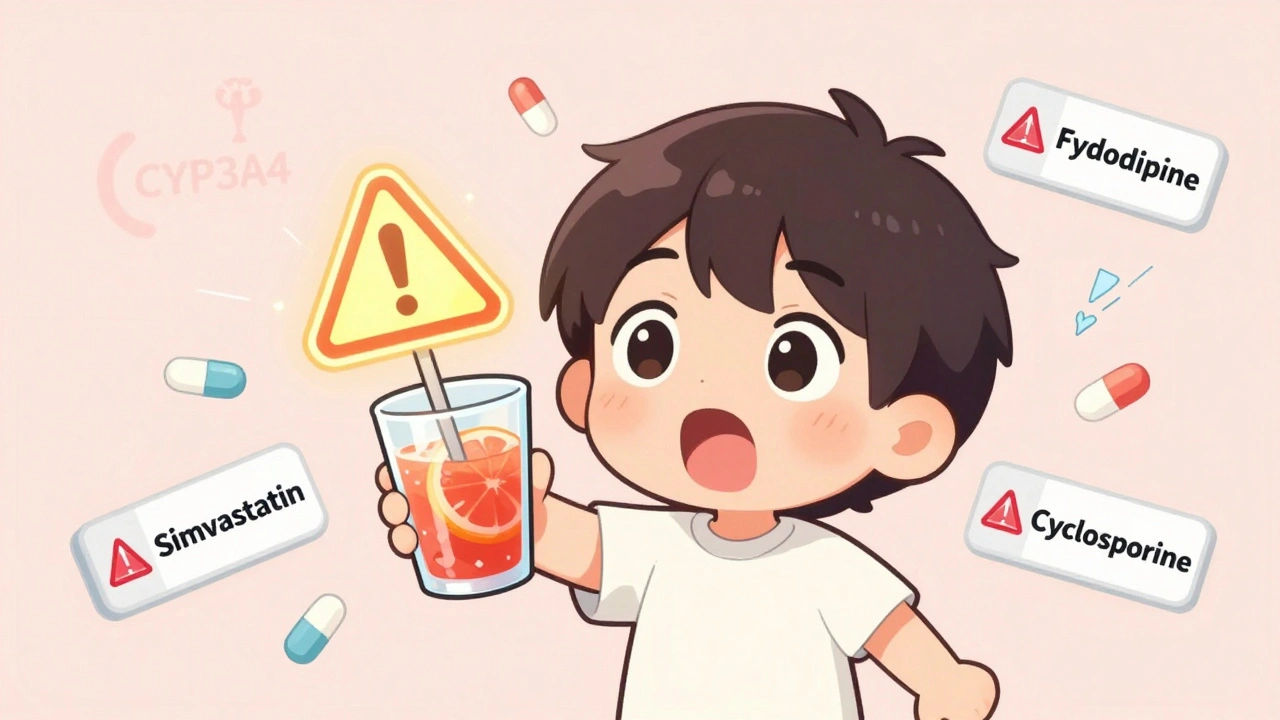Rehydration: How to Restore Fluid Balance Effectively
When talking about rehydration, the process of restoring lost body fluids and minerals after dehydration. Also known as fluid replenishment, it is the body’s way of getting back to normal after a water deficit. Electrolytes, minerals such as sodium, potassium and magnesium that regulate fluid distribution play a crucial role here because they keep cells from shrinking and nerves from misfiring. When you lose sweat, fever‑induced fluid, or vomiting, you also lose these ions, so rehydration requires a balanced intake of both water and electrolytes. Oral Rehydration Solution, a precisely mixed drink of water, salts and glucose designed to speed up fluid absorption is the clinical answer to mild to moderate dehydration, especially when vomiting or diarrhea prevent you from eating solid foods. In short, rehydration encompasses fluid intake, electrolyte replacement, and sometimes medical support, all aimed at reversing the effects of dehydration.
Key Factors in Effective Rehydration
Dehydration kicks in whenever fluid loss outpaces intake – think hot summer days, intense workouts, or a night of fever. The body signals the problem through dry mouth, dark urine, and fatigue, which means it’s time to act. One simple rule is: replace every gram of lost fluid with at least the same amount of water plus a pinch of salt; this creates a natural oral rehydration solution you can brew at home. Sports drinks add sugars and electrolytes, but they often contain extra calories, so for everyday use plain water mixed with a pinch of sea salt works just as well. For severe cases, especially in older adults or children, intravenous (IV) fluids provide rapid rehydration, delivering electrolytes directly into the bloodstream.
Monitoring is easier than you think. A clear, light‑colored urine stream usually means you’re on track, while amber or brown urine signals a deficit. Weighing yourself before and after a long run can also reveal hidden fluid loss – every kilogram lost roughly equals a liter of water. Food helps too; fruits like watermelon, oranges, and cucumber are over 90% water and come with potassium, a key electrolyte that balances sodium. If you’re an athlete, timing matters: sip a diluted electrolyte drink every 15‑20 minutes during exercise, and follow up with a recovery beverage that includes carbohydrates to refill glycogen stores.
Special groups need extra attention. Seniors often have a reduced sense of thirst, so setting regular water‑break reminders can prevent silent dehydration. Kids lose fluids fast during play, so offering water or a child‑friendly ORS after sports is essential. People on diuretics or with kidney issues should consult a healthcare professional to fine‑tune their electrolyte intake. Remember, rehydration isn’t just about chugging water; it’s about matching the type and amount of fluid to the specific loss you’ve experienced.
Understanding proper rehydration can keep you from the headaches, cramps, and concentration dips that come with low fluid levels. Below you’ll find a curated set of articles that dive deeper into specific medicines, supplements, and health conditions—all of which intersect with fluid balance and the need to stay properly hydrated. Explore them to see how rehydration ties into everything from antibiotics to heart‑failure care, and pick up practical tips you can use right now.





